Technologies used in Tracking Products
Tracking devices are becoming increasingly popular as the world becomes more connected and the need for real-time location tracking and monitoring increases. There are various types of tracking devices, including GPS trackers, RFID tags, and Bluetooth trackers. GPS trackers are devices that use the Global Positioning System (GPS) to determine their location and transmit that information to a central server. They are commonly used in fleet management, personal tracking, and asset tracking applications.
RFID tags, on the other hand, are small electronic devices that can be attached to objects, animals, or people to track their movement. RFID technology uses radio waves to transmit data, which is then collected by a reader device.
1. Barcodes
Bar-codes are a widely used technology for tracking products. They consist of a series of parallel lines with varying widths and spaces that represent alphanumeric characters or other data. Barcodes can be printed on product labels, packaging, or tags, and are scanned using bar-code scanners or mobile devices with built-in bar-code scanning capabilities. Bar-codes are used to uniquely identify products and track them throughout their life cycle, from manufacturing to distribution, sales, and inventory management. When a bar-code is scanned, the encoded data is quickly and accurately captured, allowing for efficient and automated tracking of products in various stages of the supply chain.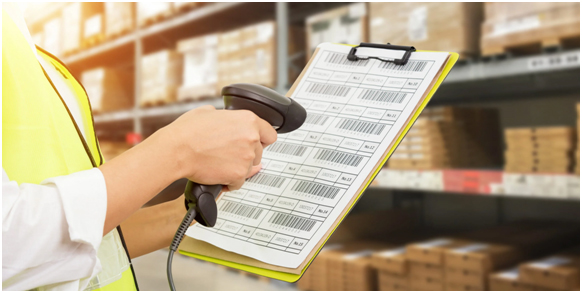 Advantages
Advantages
- Cost-effective and widely adopted
- Easy to implement and scan with standard barcode readers
- Can store a large amount of data in a small space
- Limited storage capacity compared to other technologies
- Prone to damage or fading over time
2. RFID (Radio Frequency Identification) tags
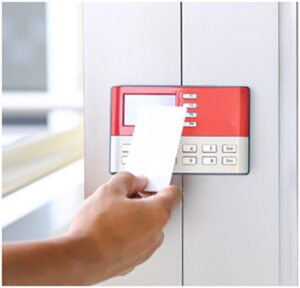 RFID (Radio Frequency Identification) tags are a type of wireless technology used for tracking products. RFID tags consist of a small chip that stores data and an antenna that allows the tag to communicate wirelessly with RFID readers or scanners.
RFID tags can be attached or embedded in products, packaging, or labels, and can be read remotely and without line of sight, making them a popular choice for product tracking. RFID technology uses radio frequency signals to identify and track products in real-time, providing accurate and automated data capture.
Advantages
RFID (Radio Frequency Identification) tags are a type of wireless technology used for tracking products. RFID tags consist of a small chip that stores data and an antenna that allows the tag to communicate wirelessly with RFID readers or scanners.
RFID tags can be attached or embedded in products, packaging, or labels, and can be read remotely and without line of sight, making them a popular choice for product tracking. RFID technology uses radio frequency signals to identify and track products in real-time, providing accurate and automated data capture.
Advantages
- Can be read from a distance without line of sight
- Can store a large amount of data
- Allows for real-time tracking and monitoring
- Higher initial cost compared to barcodes
- May require specialized equipment for reading and writing RFID tags
3. QR codes (Quick Response codes)
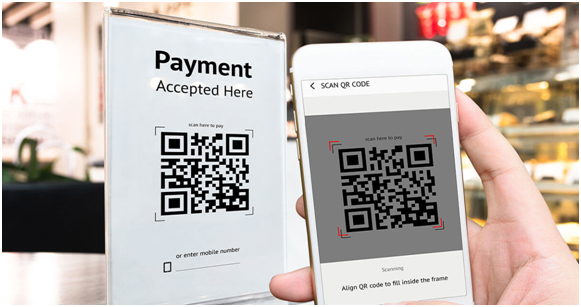 Advantages
Advantages
- Can store more data compared to barcodes
- Can be scanned with smartphones, making it widely accessible
- Requires a Smartphone or QR code reader to scan
- May not be as widely adopted as barcodes in some industries
4. GPS (Global Positioning System)
GPS (Global Positioning System) technology is commonly used in tracking devices to determine the precise location and track the movement of devices in real-time. GPS is a satellite-based navigation system that uses a network of satellites in space to transmit signals to GPS-enabled devices on the ground, which can then calculate their exact location based on the received signals.
Devices with integrated GPS receivers or external GPS modules can receive signals from GPS satellites, allowing them to determine their latitude, longitude, altitude, and speed. This location data can then be transmitted to a connected system, such as a tracking software or a cloud-based server, for tracking and analysis.
![]()
Advantages
- Provides accurate location tracking in real-time
- Can be used for tracking products in transit or in remote locations
Disadvantages
- Requires a GPS-enabled device to read and transmit data
- May have limitations in indoor or urban environments with poor GPS reception
5. NFC (Near Field Communication)
NFC (Near Field Communication) technology is a short-range wireless communication technology that is used in tracking devices for proximity-based tracking and identification. NFC allows devices to establish communication by simply bringing them close to each other, typically within a few centimeters.
NFC tags or chips can be embedded in devices, labels, or packaging, and can store data such as product details, serial numbers, or tracking numbers. When an NFC-enabled device, such as a smartphone or a tablet, is brought close to an NFC tag, the data stored in the tag can be read and processed by the device.

Advantages
- Enables contactless communication between devices
- Can be used for short-range product tracking, such as access control or authentication
Disadvantages
- Limited range of communication (typically a few centimeters)
- Requires close proximity between devices for data transfer
6. Bluetooth beacons
- It use low-power radio signals to communicate with nearby devices, allowing for precise tracking and monitoring of products in close proximity.
- These are relatively inexpensive compared to other tracking technologies, making them a cost-effective option for certain tracking use cases.
- It can be easily installed and configured, requiring minimal infrastructure or technical expertise.
- Bluetooth beacons typically have a limited range of a few meters, which may not be suitable for tracking products in large or outdoor areas.
- Bluetooth signals can be affected by interference or obstructions, which may result in inaccurate tracking data or signal loss.
- Bluetooth beacons require batteries for power, and their battery life can vary depending on the type of beacon and usage, requiring periodic battery replacements or recharging.
7. Satellite tracking systems
- Satellite tracking systems can provide global coverage, allowing for tracking products virtually anywhere on the planet.
- It can provide high-precision tracking data, making them suitable for applications that require precise location information.
- Satellite tracking systems do not rely on terrestrial infrastructure, making them suitable for remote or off-grid tracking scenarios.
- It can be expensive to implement and maintain, including costs associated with hardware, communication plans, and data services.
- Satellite tracking devices may require significant power consumption, depending on the communication and positioning technology used, which can impact battery life or power requirements.
8. Geolocation technology
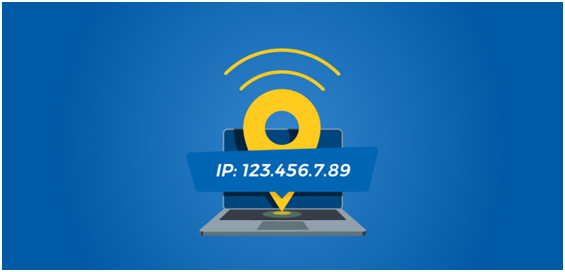 Advantages
Advantages
- Geolocation technology, such as GPS, is widely available and can be accessed on most smartphones and devices with GPS capabilities.
- Geolocation technology can provide real-time tracking data, allowing for near-instantaneous monitoring of product locations.
- It can provide high accuracy in outdoor environments, making it suitable for many tracking applications.
- Geolocation technology may not work well indoors or in areas with poor GPS signal reception, which can impact the accuracy and reliability of tracking data.
- Geolocation technology, especially GPS, can consume significant power, which may impact battery life or power requirements for tracking devices.
- • Geolocation technology may not provide coverage in remote or poorly connected areas, which can limit its usability in certain tracking scenarios.
9. IoT (Internet of Things) sensors
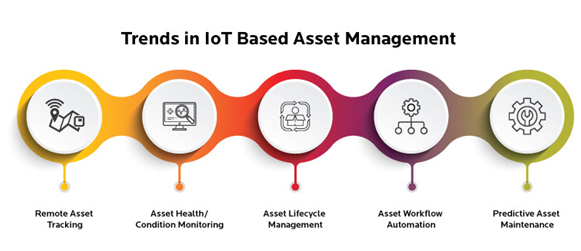 Advantages
Advantages
- IoT sensors can provide real-time data on various parameters, such as location, temperature, humidity, and more, allowing for comprehensive tracking and monitoring of products.
- IoT sensors can be connected to the internet, enabling remote monitoring and management of tracked products.
- IoT sensor deployments can involve upfront costs for hardware, connectivity, and data management, which may impact the overall cost-effectiveness of the tracking solution.
- IoT sensor networks can be vulnerable to security breaches or data breaches, requiring proper security measures to protect the tracked product data.
10. Biometric tracking (e.g. fingerprint, facial recognition)
- Biometric tracking, such as fingerprint or facial recognition, can provide high accuracy in identifying and tracking products or individuals.
- Biometric tracking can offer a higher level of security compared to other tracking technologies, as biometric traits are unique to individuals or products
- Biometric tracking can raise privacy concerns, as it involves collecting and storing biometric data, which may be sensitive and subject to privacy regulations.
- Biometric tracking systems can be expensive to implement and maintain, including costs associated with hardware, software, and data storage.
- Biometric tracking may have limitations in certain environments or conditions, such as poor lighting, facial changes, or physical modifications, which can impact tracking accuracy.
Overall, tracking devices are required to improve safety, security, and efficiency in various industries and applications. They help to optimize processes, prevent loss or theft, and provide valuable data for analysis and decision-making.
If you are looking to develop the tracking solution for your industry then reach out to Epsilon Electronics.
Email: info@epsilonelectronics.in
Web: www.epsilonelectronics.in
Contact No: 079-4800 2842, +91 9879 62 6181
